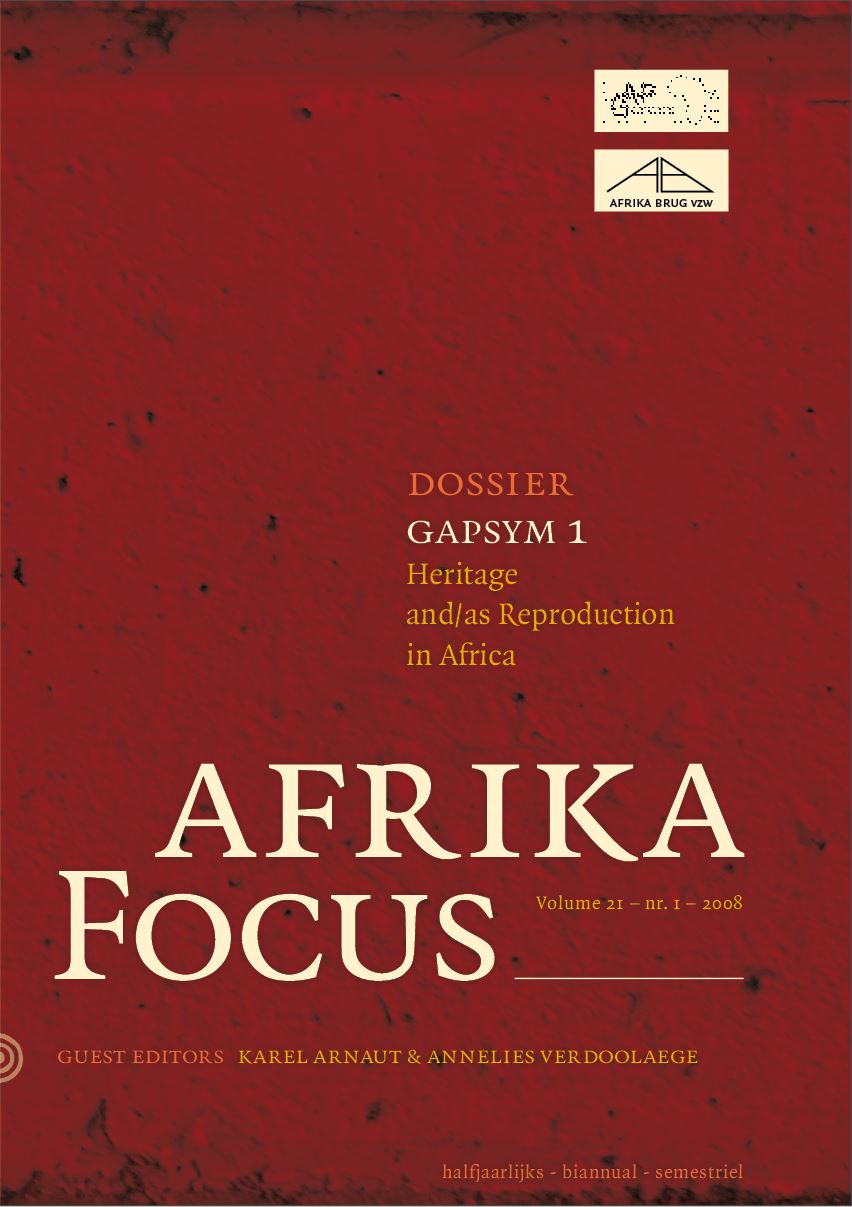Connaissances locales et leur utilisation dans la gestion des parcs à karité en Côte d’Ivoire
DOI:
https://doi.org/10.21825/af.v21i1.5050Abstract
In order to assess both the level of botanical knowledge of the shea tree species possessed by certain communities, and the relative importance of the species to those communities, an inventory has been taken of the different uses of shea resources. To this end, research was conducted involving 257 people belonging to 12 different ethnic groups in seven departments of the north of the Côte d’Ivoire [Ivory Coast]. The results of these investigations clearly demonstrate the socio- economic importance of shea trees to the local populations of the zone investigated. Some ethnic groups prove to have a very good botanical knowledge of the species and its qualities and have developed systems of management of shea orchards that could facilitate the domestication and conservation of the species. In addition to the commercial use of the kernel and of shea butter on local and regional markets, many other parts of the shea tree and derived products (roots, leaves, peels, oilcakes, latexes and even mistletoes are used for a range of different purposes by rural communities in Côte d’Ivoire [the Ivory Coast]. In medicine and in traditional pharmacopeia, these parts are used in the treatment of several diseases. Shea is also valued at the cultural, nutritional, agricultural, cosmetic, artisanal level. Key words: Agroforestry, Ethnobotany, Vitellaria paradoxa, Côte d’IvoireDownloads
Published
How to Cite
Issue
Section
License
Authors who publish with this journal agree to the following terms
Authors retain copyright and grant the journal right of first publication with the work simultaneously licensed under a Creative Commons Attribution License that allows others to share the work with an acknowledgement of the work's authorship and initial publication in this journal.
Authors are able to enter into separate, additional contractual arrangements for the non-exclusive distribution of the journal's published version of the work (e.g., post it to an institutional repository or publish it in a book), with an acknowledgement of its initial publication in this journal.
Authors are permitted and encouraged to post their work online (e.g., in institutional repositories or on their website) prior to and during the submission process, as it can lead to productive exchanges, as well as earlier and greater citation of published work (See The Effect of Open Access).


